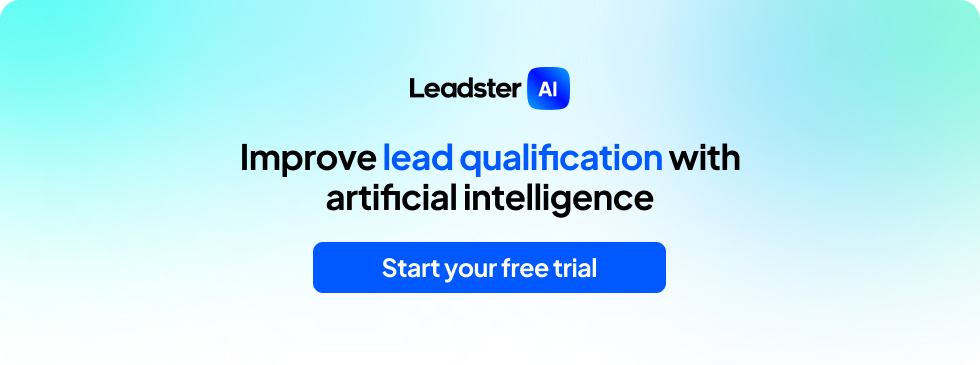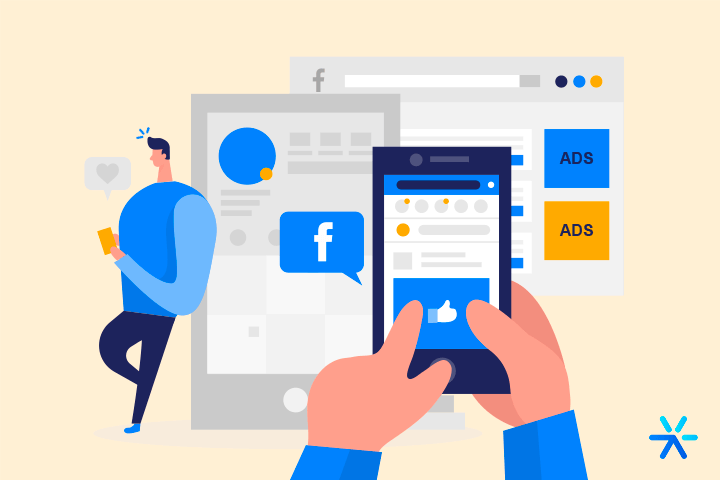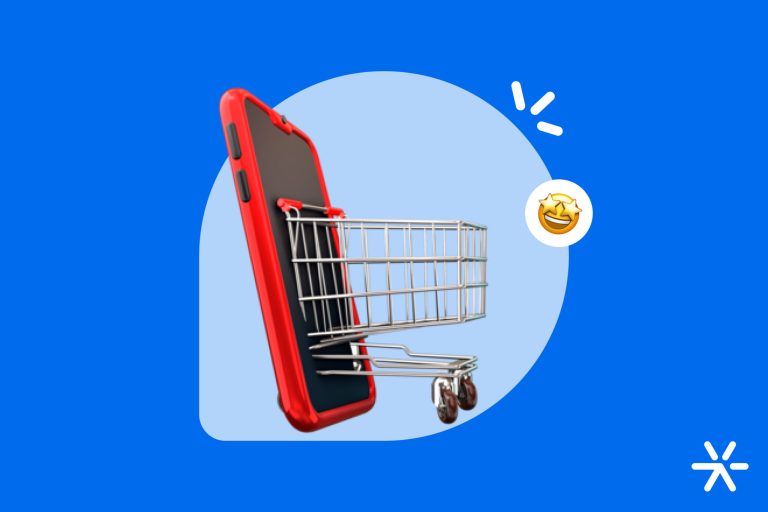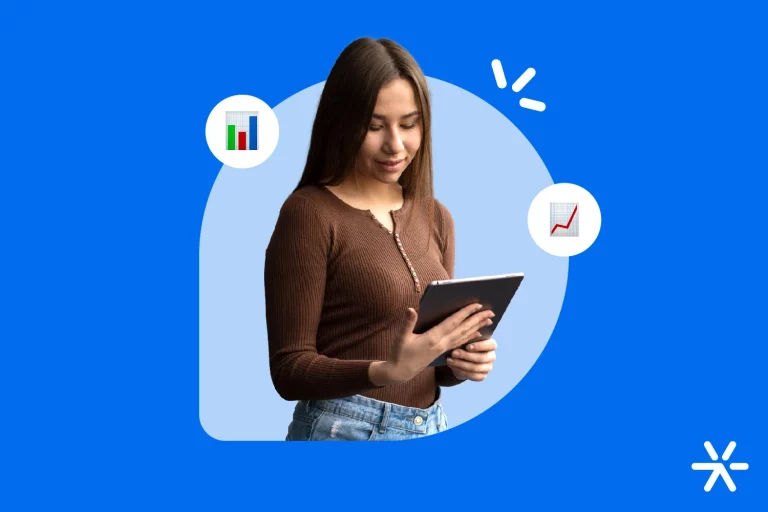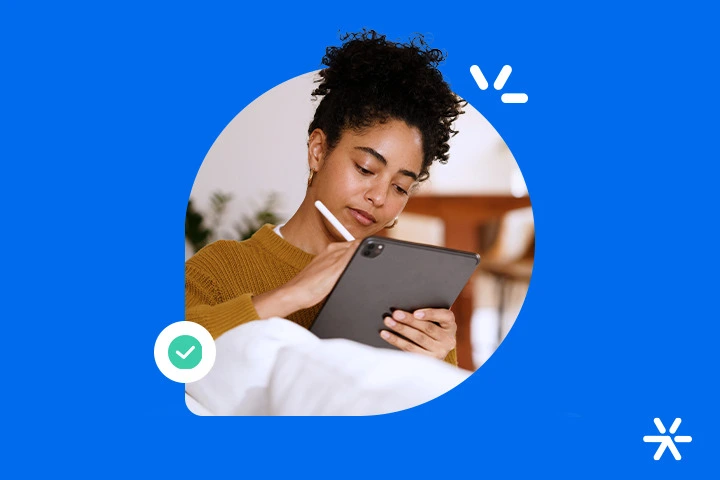Social Ads: How to Use Social Media to Generate More Leads
The growth of social media in recent times is undeniable.
Every year, new platforms emerge along with thousands of new users who spend a significant amount of time browsing them.
And it’s not just the number of platforms and audience that has grown during this period.
These platforms have become important advertising channels, boosting the Social Ads sector.
According to Statista, impressions for this type of ad grow by 20% year over year.
And according to a Hootsuite study, 27% of internet users say they’ve discovered new products and brands through Social Ads.
Want more reasons to explore social media as an advertising channel, understand the top platforms today, and get tips to start leveraging this strategy?
Then check out the full article we’ve prepared on the topic.
What Are Social Ads?

Paid media involves ads created to promote a brand, and today it happens primarily through online channels such as Facebook, Instagram, Google, YouTube, Twitter, LinkedIn, and many others.
Social Ads are a subset of this type of online media, specifically those that take place within social media platforms.
Today, most social media platforms offer ways for brands to create and sponsor content and ads to reach their users.
This has become a major online advertising channel for brands of all sizes, as it’s more accessible than traditional options like radio, TV, and newspapers, while also reaching a large, qualified, and highly active audience.
Why Invest in Social Ads?
Social Ads campaigns strengthen a brand’s digital presence, offer audience targeting capabilities, and reach a diverse, relevant, and highly present consumer group—most of whom access the platforms daily.
The main advantages of this type of investment include:
- Online media tools allow for highly specific targeting based on the data users provide to the platforms themselves.
- Investing in Social Ads brings high-volume traffic faster than organic efforts, for example.
- Greater autonomy in setting your budget, with the flexibility to start small and scale as results appear.
- Easier results measurement and real-time campaign monitoring, giving you more control.
What Are the Types of Social Ads?

There are many channels and formats for Social Ads.
Below we present the main ones, along with their characteristics and possibilities.
Facebook Ads
With Facebook Ads, you can run campaigns across Facebook, Instagram, Audience Network, Messenger, and WhatsApp, since all these platforms are part of the same group.
The diversity of users and reach is their key differentiator.
The group itself invests heavily in new formats and features tailored to each of these channels.
If you’re advertising on Facebook specifically, you can use formats such as image, video, slideshow, carousel, instant experience, and collection.
Instagram Ads
As mentioned, Instagram ads (on one of the world’s leading social networks) are created within Facebook Ads.
You can also access the platform directly through Instagram Ads.
Highlights of advertising on Instagram include broad reach, advanced audience targeting, high interactivity and engagement, and multiple advertising formats.
You can run ads on Instagram Stories, feed, and the Explore page.
LinkedIn Ads
LinkedIn also has its own advertising platform.
LinkedIn Ads are ideal for targeting B2B audiences, offering segmentation by role, title, seniority, industry, company size, and more.
Since it currently has fewer advertisers than Facebook or Instagram, it may have lower costs and competition.
LinkedIn ad formats include Sponsored Content, Dynamic Ads, Text Ads, and Sponsored InMail.

Twitter Ads
Twitter offers its own ad platform for reaching its users: Twitter Ads.
The platform stands out for its speed of information, making content more likely to go viral.
You can create ads combining short text with images, GIFs, polls, accounts, and videos.
TikTok
Unsurprisingly, TikTok also offers advertising options for brands to reach millions of users via TikTok for Business.
Its key strength is the high interactivity level and younger audience.
Another visually rich platform where you can introduce your brand is Pinterest.
With Pinterest Ads, you can run promoted Pins, explore Pinterest Shopping, and reach its 38 million monthly users.
6 Tips for Advertising on Social Media

Getting ready to invest in Social Ads? Check out our expert team’s tips!
1. Choose the Right Channels
Several factors help determine the best Social Ads channels to reach your goals.
Define your persona and goals, study your industry and competitors, and determine which sales funnel stage your audience is in. All of this will guide your channel selection.
2. Set Your Budget
Also define your expected ROI and available budget.
We recommend focusing on fewer channels, especially if you’re new or have limited resources.
It’s better to dive deep into a channel that aligns with your persona and build effective campaigns there than to spread too thin across all platforms.
Read also: 7 Tips to Boost Your Paid Media Campaigns with CRO
3. Plan Campaigns for Each Funnel Stage
Your campaigns should address every sales funnel stage to reach audiences with different levels of purchase intent.
Many companies focus solely on sales, missing the chance to attract potential customers still considering solutions.
By understanding each funnel stage better, you’ll identify bottlenecks and areas for improvement in your process.
You might also like: Lead Generation Landscape in Brazil
4. Study Competitors and Industry Benchmarks
Studying your segment’s activity helps you find good examples and practices—and learn what not to do.
Look at how your direct and indirect competitors are advertising on Social Ads.
Don’t just analyze the ads—pay attention to the channels, landing pages, ad copy, offers, etc.
This type of research often brings surprising insights.
You can browse Facebook’s Ad Library and explore more on our blog:
- 11 Facebook Ad Examples
- Ad Headlines: Learn How to Create Impactful Ads
5. Set Up Tracking Pixels
Tracking pixels are tools offered by Facebook and Google that can be installed on your website.
They collect visitor data and enable retargeting and remarketing campaigns.
6. Use a Combined Strategy to Boost Lead Generation
With Social Ads driving more qualified traffic, you need strong conversion mechanisms to ensure those visitors don’t stop at the “follower” stage.
By using the right lead capture tools, you can turn visitors into leads.
For better ROI/ROAS, combining paid media (Social Ads or otherwise) with conversational marketing works very well. Qualified visitors get personalized engagement, and your brand captures key insights right from the first contact.
Learn more about combining these strategies in the article: Why You Should Combine Paid Media with Conversational Marketing.
Did You Enjoy This Article?
Hope you liked it. And there’s a way to improve your conversion rates even more – using chatbots.
They can be configured to greet leads from Social Ads, and you can create nurturing flows specifically designed to this channel.
Start your free trial today clicking on the banner right below!
